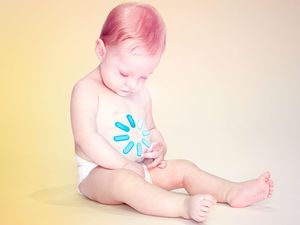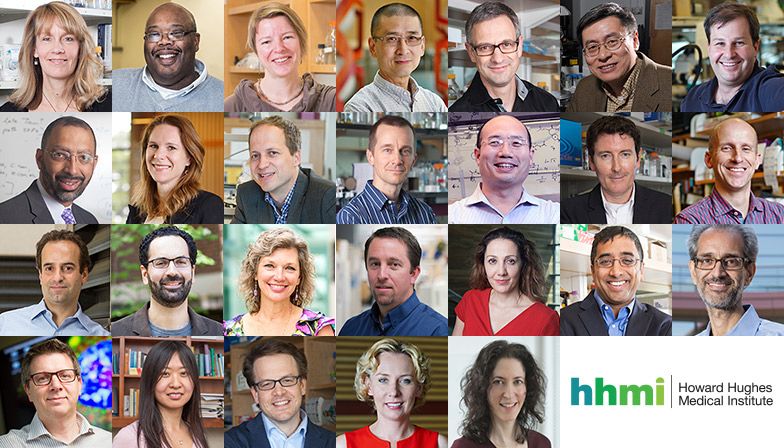Medicine has always sought to understand the human body’s operating system. Now, with biometric sensors and big data analytics, we’re learning how to fix the bugs
Category: biotech/medical – Page 2822
In Lyon, France, cosmetics company L’Oreal is growing human skin.
Each year, some 60 scientists cultivate 100,000 paper-thin skin samples in nine varieties simulating different ages and ethnicities—and then they test beauty products on them. Read more
“The Howard Hughes Medical Institute (HHMI) announced today that 26 of the nation’s top biomedical researchers will become HHMI investigators and will receive the flexible support necessary to move their research in creative new directions. The initiative represents an investment in basic biomedical research of $153 million over the next five years.”
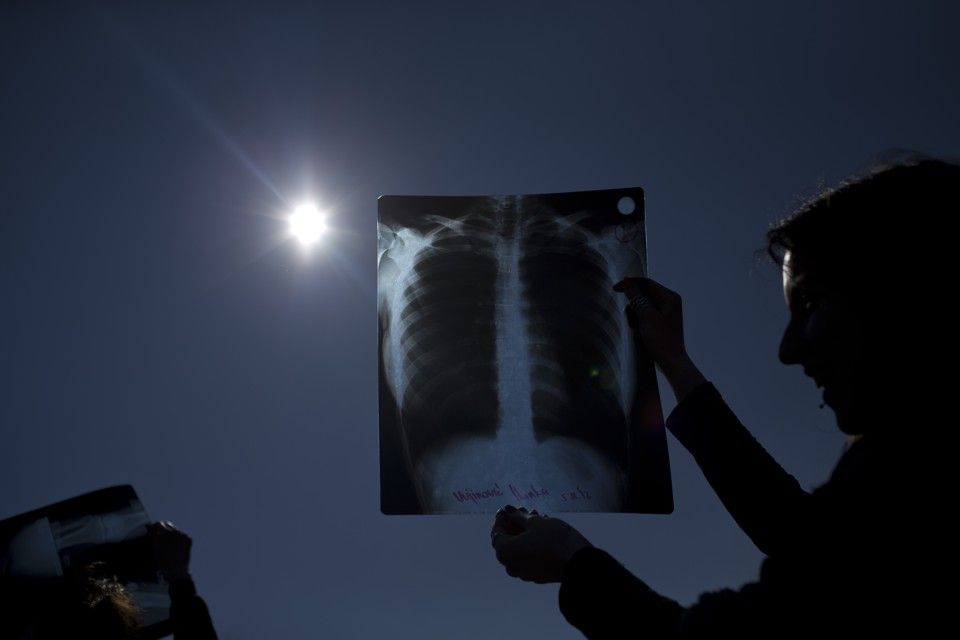
“But at the same time, there are more and more amputees who are going without the cosmetic covers, who are showing the machinery behind the leg, the hinges and the carbon fiber and the metal. And while function is still crucially important, there are people who are no longer asking how to replicate. Instead, they’re asking how to improve. How to make a limb new, better, stronger, more striking, more beautiful.”
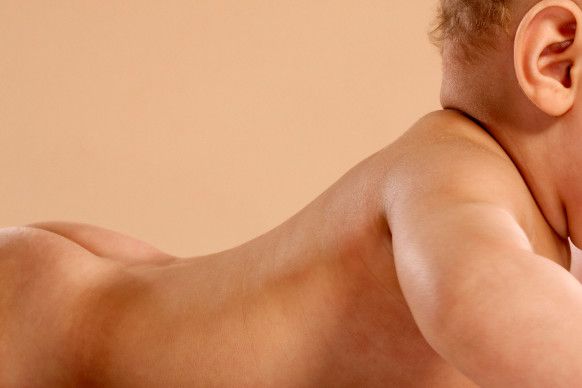
“The point being, science needs room to figure out exactly what this technology is capable of doing. Right now, researchers have a ton of potential on their hands, but not a lot of agreement about how far that potential reaches.” Read more
by Christopher Jobson — Colossal
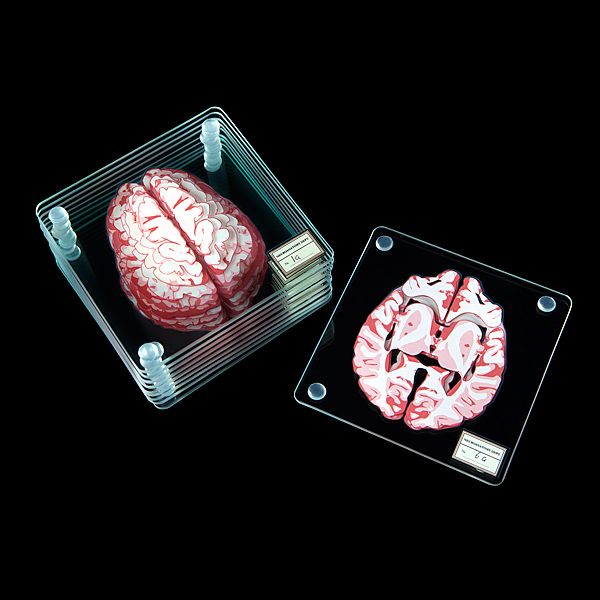
The brilliant minds at ThinkGeek just launched this set of 10 glass coasters printed with sequential illustrations of the brain. When stacked in the correct order they reveal a complete three-dimensional “scan” of human brain. Available here. (via Laughing Squid)
David Cyranosk & Sara Reardon - Nature.com
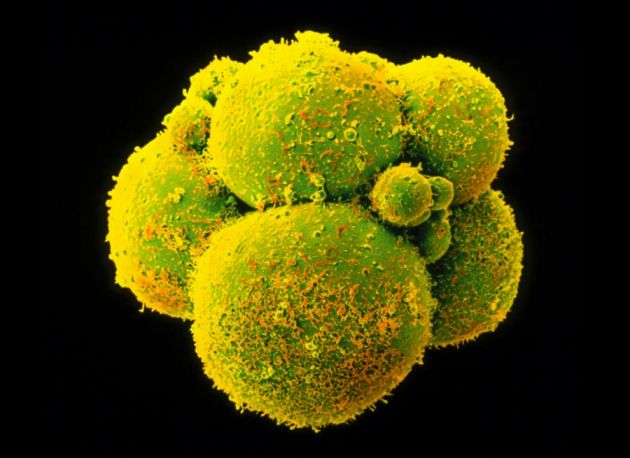
In a world first, Chinese scientists have reported editing the genomes of human embryos. The results are published1 in the online journal Protein & Cell and confirm widespread rumours that such experiments had been conducted — rumours that sparked a high-profile debate last month2, 3 about the ethical implications of such work. Read more
Steve Lohr | The New York Times
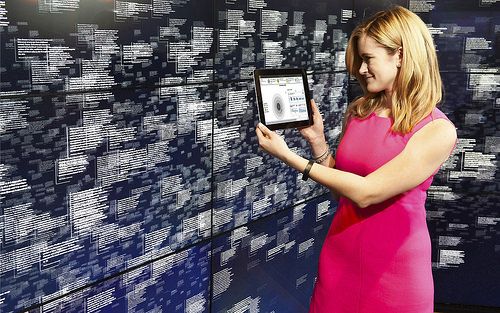
“The company and its partners say that technology, economics and policy changes are coming together to improve the odds of making the IBM venture a workable reality. They point to improvements in artificial intelligence, low-cost cloud computing and health policy that will reward keeping patients healthy instead of the fee-for-service model in which more treatments and procedures mean more revenue.” Read more
By Jason Dorrier — SingularityHub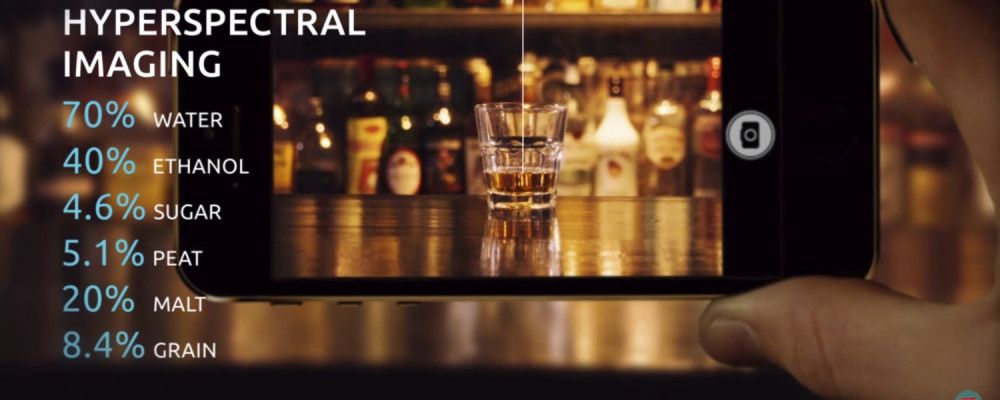
Our smartphones can do a lot—compute, pin down our location, sense motion and orientation, send and receive wireless signals, take photographs and video. What if you could also learn exactly what chemical components were present in any object? A new invention out of Israel aims to enable just that.
“The tricorder is no longer science fiction,” a recent Tel Aviv University (TAU) article declared. While a number devices in recent years have inspired similar comparisons, maybe this one is a little closer. Read more
— Gizmodo

There’s been a lot of talk lately about how spider silk is this crazy wonder material that may soon find its way into everything from electronics to ultra-strong fabrics. Now, there’s another reason to be excited about spider silk: doctors might one day use the stuff to grow you a new heart.
Growing new organs and tissues outside the body is the bleeding edge of biomedical research. Just imagine: if doctors could grow replacement hearts or kidneys from a patient’s own stem cells, that patient would no longer have to face the agonizing prospect of waiting to find a suitable donor. The risk of organ rejection would become nil. But there’s a lot of R&D to be done before we get there. One initial challenge has been finding a scaffold material to grow organ tissues on—something that’s non-toxic, will not impede cell growth, and will not, itself, be rejected by the body. That, it turns out, is a pretty tall order. Read more
